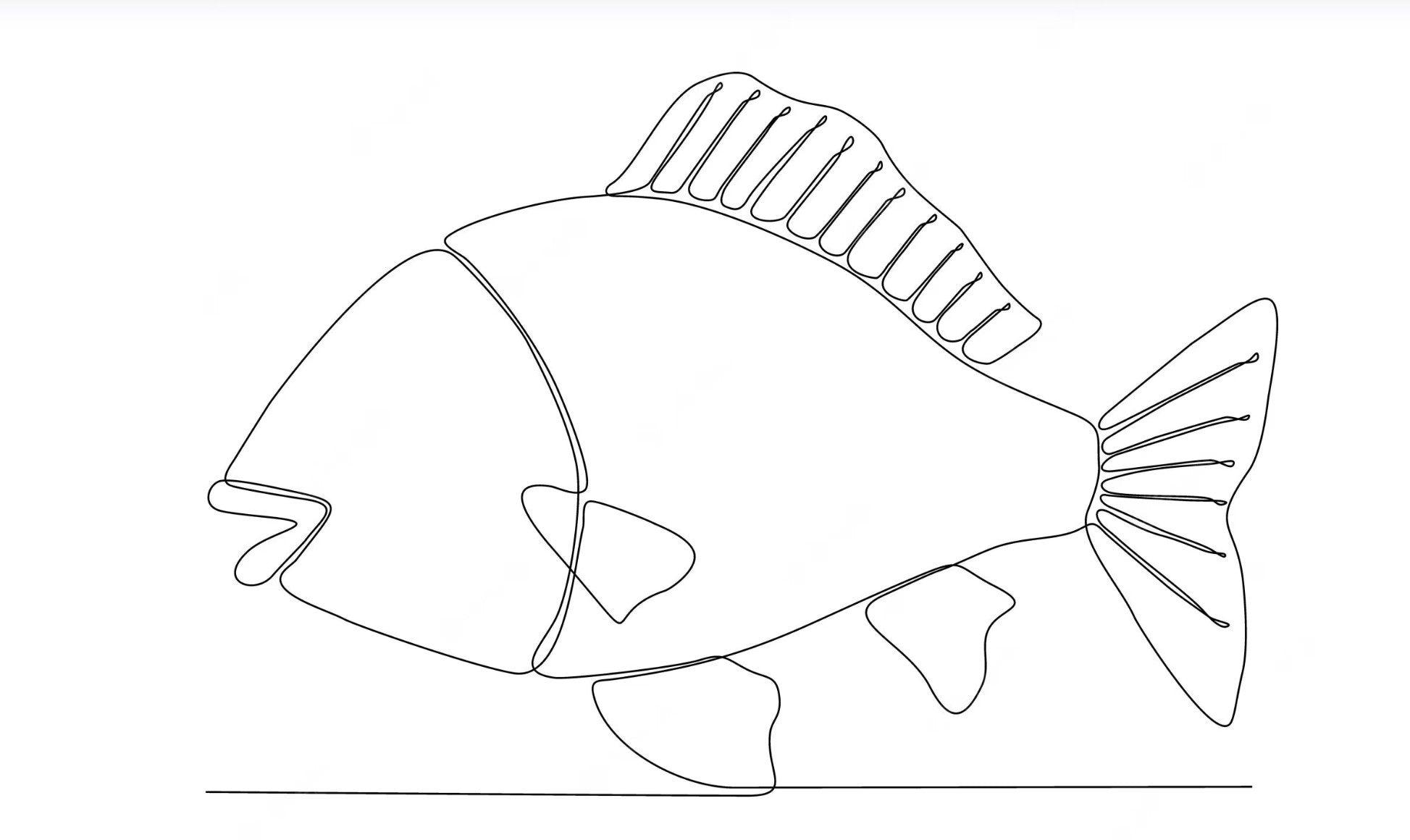
The Italian Renaissance was a time of great artistic and cultural growth in Italy, spanning from the 14th to the 17th century. During this time, Italian artists produced some of the most beautiful and captivating works of art that continue to inspire and awe people today. In this article, we will explore the art history of Italian Renaissance artists, their techniques, styles, and famous works.
Introduction to Italian Renaissance Art
Italian Renaissance art is considered one of the most influential art movements in history. It was a period of great cultural and artistic growth that saw the revival of classical art and the development of new techniques, styles, and methods. The Renaissance was characterized by a renewed interest in humanism, science, and philosophy, which impacted the art produced during this period.
Characteristics of Renaissance Art

One of the most notable characteristics of Renaissance art is the use of perspective and realism. Renaissance artists sought to create works that were lifelike and naturalistic, using techniques like chiaroscuro and sfumato to create depth and dimension in their paintings. They were also known for their attention to detail, using precise brushstrokes and shading to create texture and form.
Another characteristic of Renaissance art is the use of classical motifs and subjects. Renaissance artists drew inspiration from the art of ancient Greece and Rome, incorporating themes like mythology and history into their works. They also explored the human form, creating lifelike depictions of the human body that were both realistic and idealized.
Famous Italian Renaissance Artists

The Italian Renaissance produced some of the greatest artists in history, whose works continue to be admired and studied today. One of the most famous Italian Renaissance artists was Leonardo da Vinci, who was known for his mastery of painting, sculpture, engineering, and science. His most famous works include the Mona Lisa and The Last Supper.
Another notable Italian Renaissance artist was Michelangelo, who was known for his sculptures and paintings. He was responsible for works like the Sistine Chapel ceiling and the David statue. Other famous Italian Renaissance artists include Raphael, Titian, and Botticelli.
Renaissance Art Techniques and Styles
Italian Renaissance artists developed new techniques and styles that revolutionized the art world. They used techniques like perspective, chiaroscuro, and sfumato to create depth and dimension in their paintings. They also experimented with new mediums, such as oil paint, which allowed for greater color saturation and blending.
One art style very popular during the High Renaissance was Mannerism, which was characterized by exaggerated poses, elongated figures, and complex compositions. This style was seen in the works of artists like Parmigianino and Pontormo.
Renaissance Art Drawings and Paintings

Renaissance artists were known for their drawings and paintings, which were often highly detailed and lifelike. They used techniques like hatching and cross-hatching to create texture and shading in their drawings. They also created vast frescoes and murals, which were often commissioned by the church or wealthy patrons.
One artist who was famous for his lifelike depictions of the human body during the Renaissance was Michelangelo. His sculpture of David is a perfect example of his mastery of the human form, as he captures every detail of David's muscles and anatomy.
Exploring Famous Italian Renaissance Paintings

There are many famous Italian Renaissance paintings that continue to captivate and inspire people today. Some of the most famous include Leonardo da Vinci's Mona Lisa, which is known for its enigmatic smile and use of sfumato. Another famous painting is Michelangelo's Sistine Chapel ceiling, which features intricate frescoes depicting scenes from the Bible.
Other famous Italian Renaissance paintings include Botticelli's The Birth of Venus, which depicts the goddess emerging from the sea, and Raphael's The School of Athens, which depicts a group of philosophers and scholars in an idealized setting.
Renaissance Drawing Techniques

Renaissance artists were masters of drawing, using techniques like hatching and cross-hatching to create texture and shading in their works. They also used techniques like contour drawing, which allowed them to capture the shape and form of their subjects with precision and accuracy.
One famous Renaissance drawing is Leonardo da Vinci's Vitruvian Man, which depicts a man in two superimposed positions with his arms and legs apart inside a circle and square. This drawing is a perfect example of da Vinci's mastery of anatomy and perspective.
Renaissance Art PowerPoints

Renaissance art continues to fascinate and inspire people today, and one way to learn more about it is through Renaissance Art PowerPoints. These presentations provide an in-depth look at the art history of the Italian Renaissance, including the techniques, styles, and famous works of art.
Renaissance Art PowerPoints can be used in classrooms, museums, or for personal study. They provide a visual and interactive way to learn about the art of this period and can be a valuable resource for anyone interested in art history.
Conclusion: The Legacy of Italian Renaissance Artists

The Italian Renaissance was a time of great artistic and cultural growth that produced some of the most beautiful and captivating works of art in history. The techniques, styles, and methods developed during this period continue to influence and inspire artists today.
From the lifelike depictions of the human body to the use of perspective and realism, Italian Renaissance art is a testament to the creativity and ingenuity of the artists who produced it. By exploring the works of famous Italian Renaissance artists and learning about their techniques and styles, we can gain a deeper appreciation for the art history of this period and its enduring legacy.
CTA
If you're interested in learning more about Italian Renaissance art, consider taking a class, visiting a museum, or checking out some Renaissance Art PowerPoints. There's so much to discover and explore in the art history of this period, and it's a journey that's well worth taking.







Leave a comment
All comments are moderated before being published.
This site is protected by hCaptcha and the hCaptcha Privacy Policy and Terms of Service apply.